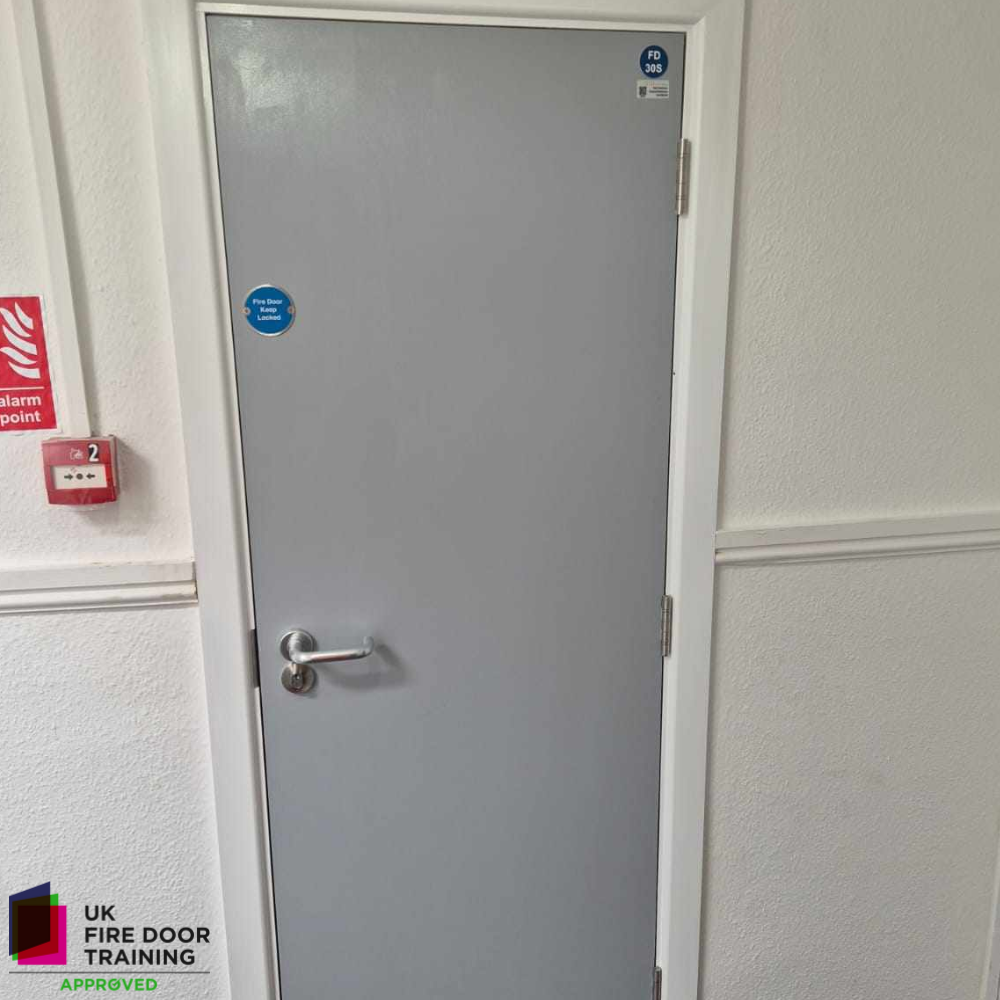Structural Cracks: Identifying and Addressing Potential Hazards
When it comes to the safety and longevity of a building, structural integrity plays a pivotal role. One common issue that can compromise the stability of a structure is the presence of cracks. Whether you're in residential or commercial buildings, identifying and addressing structural cracks is of paramount importance. In this blog we will explore the types, causes, and warning signs of structural cracks and discuss the necessary steps to mitigate potential hazards.
What are Structural Cracks?
Structural cracks are visible fractures or separations in the building's components, such as walls, floors or foundations. They can be caused by various factors including excessive structural loads, environmental conditions, natural settling or poor construction practices. Recognising the types of cracks is crucial in determining their severity and the necessary actions to rectify the situation. Some common types of structural cracks include:
1) Vertical Cracks ⬆️
These cracks typically run straight up and down and are often found in load-bearing walls or foundations. They can indicate the settling or shifting of the building's foundation.
2) Horizontal Cracks ↔️
Horizontal cracks are usually more concerning, as they can indicate excessive soil pressure or water damage. They are commonly found in basement walls and can compromise the stability of the entire structure.
3) Diagonal Cracks ⤢
Diagonal cracks often appear at a 45-degree angle and may be a sign of foundation movement, settlement, or structural instability. The severity of diagonal cracks depends on their width and extent.
4) Stair-Step Cracks 📐
These cracks resemble a flight of stairs, indicating potential foundation or masonry issues. They are frequently observed in brick or concrete block walls.
Warning Signs of Structural Cracks
To safeguard against potential hazards associated with structural cracks, it is crucial to identify warning signs early on. The following indicators should prompt immediate attention and evaluation:
1) Visible Cracks
Keep a keen eye on any visible cracks on walls, ceilings, floors, or foundations, regardless of their size. Monitor them regularly to check for any progression or widening.
2) Doors and Windows Misalignment
Difficulty in opening or closing doors and windows, or noticeable gaps and misalignment between the frames and structures, can indicate underlying structural issues.
3) Uneven or Sagging Floors
If you notice your floors becoming uneven or sagging in certain areas, it could be an indication of compromised structural integrity.
4) Crumbling or Disintegrating Materials
Deterioration of building materials, such as crumbling concrete, flaking plaster, or crumbling bricks, may signify the presence of moisture intrusion or long-term structural damage.
5) Excessive Gaps or Separation
Look for widening gaps between walls, between walls and ceilings, or around windows and door frames. These gaps can suggest shifting or settling of the building.
4 Top Tips To Address Structural Cracks
Prompt action is essential when dealing with structural cracks to prevent further deterioration and ensure the safety of occupants. Here are some important steps to take:
1) Consult a Structural Engineer
If you suspect structural issues or notice any warning signs, it is advisable to consult a qualified structural engineer. They will assess the severity of the cracks, identify their underlying causes, and recommend appropriate remedial measures.
2) Implement Repairs
Depending on the engineer's evaluation, repairs can range from simple cosmetic fixes to extensive structural reinforcement. Repair methods may include carbon fibre reinforcement, crack injection or underpinning to stabilise foundations.
3) Waterproofing and Drainage
In cases where water intrusion is causing or exacerbating the cracks, implementing proper waterproofing and drainage systems can help prevent further damage. This may involve sealing cracks, installing drainage tiles, or redirecting water away from the foundation.
4) Regular Maintenance
Once repairs have been made, it's vital to stay proactive by conducting regular maintenance inspections. Monitor the building for any new cracks, signs of movement or other potential structural issues.
Conclusion
Structural cracks should never be taken lightly, as they can lead to serious safety risks and property damage. By understanding the different types of cracks, recognising warning signs, and promptly addressing them through expert assessment and repairs, you can ensure the long-term stability and durability of your building. Remember, the key to mitigating potential hazards lies in early detection and timely intervention.
This blog was written by Stephen Moore - Proprietor - Stark Contractors | LinkedIn
Concerned about structural cracks? Contact Us for Property Maintenance Support











